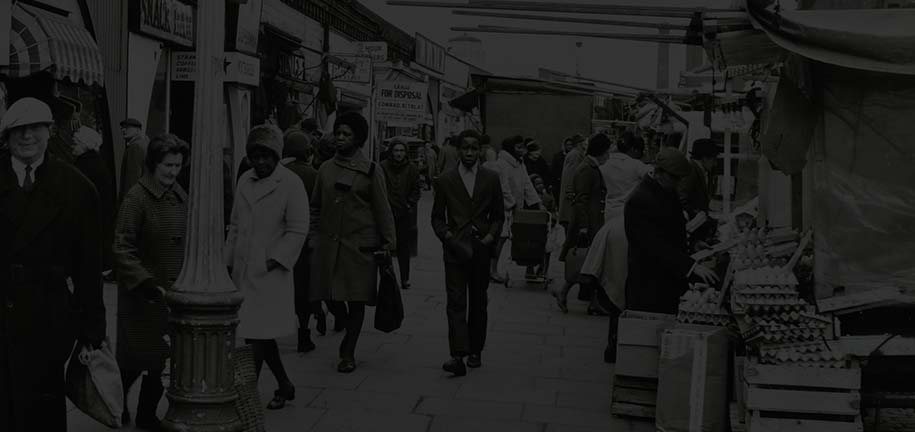A question of balance
digital file Colour Sound 1959 17:56

Video not currently available. Get in touch to discuss viewing this film
Summary: Proper feeding is vital to successful livestock control. This film explains the role of nurtition science in ensuring balanced diet, increased animal food production and efficient livestock management in the rearing of cattle, poultry and pigs. 4 segments.
Title number: 18213
LSA ID: LSA/21370
Description: Segment 1 Opening credits. A stuffed wild boar is seen mounted on a wall as the narrator explained how today's modern pigs are descended through selective breeding from this animal, as are cows from wild white cattle. Developments in animal husbandry are seen, including battery chicken cages, new animal housing and modern farm equipment. Feed bins are also seen, with chicks feeding from a central area in a room. The narrator recommends convenient feed forms such as pellets. Hay is seen being produced for cattle feed. A female scientist is seen working in a laboratory on a concentrated animal feed. Time start: 00:00:00:00 Time end: 00:04:25:16 Length: 00:04:25:16 Segment 2 The narrator says that the animal food industry is constantly trying to improve their products. A loading bay is seen, with men loading sacks of feed onto lorries. A farmer mixes his own feed. The need for clean water for animals is highlighted a cow drinks from a trough. The narrator describes the essential components of a good feed: carbohydrates, fats, proteins, minerals and vitamins. Various feed types are discussed: processed fish meal to provide protein, vegetable proteins such as soya, mineral components such as manganese and vitamin powders. The different powders are seen being mixed together by hand in a bucket. Scenes of docks and deliveries of feeds are also shown. The narrator explains what vitamins are as a list of them is shown on screen. He also talks about ruminants. Cows are seen feeding, and the narrator comments that they need less extra feed because of the grass they eat. Calves are shown, which are fed animal food as they do not begin chewing the cud until they are older. Time start: 00:04:25:16 Time end: 00:09:57:21 Length: 00:05:32:05 Segment 3 A chicken that had vitamin A accidentally omitted from its feed is compared to a chicken reared on a normal feed. A man collects eggs laid by battery hens. A crate of these is seen some are broken and the narrator explains that it may be due to a lack of vitamin D and says that these weak eggs represent one source of loss for the farmer as a result of poor feed. Pigs are seen eating in a confined pen. The narrator explains that animals kept outdoors will form and absorb vitamin D naturally. People are seen on the beach, but the narrator claims that the vitamin D can be washed off whilst swimming. He then discusses the use of riboflavin to fatten pigs. An example of a pigpen is seen it needs better insulation to look after the pigs. Vitamin supplements are seen being chosen and fed to chickens. Time start: 00:09:57:21 Time end: 00:14:34:11 Length: 00:04:36:15 Segment 4 A feed blend is seen being made different vitamins are added in specific quantities and evenly distributed throughout. The narrator says that this is a skilled job. Other skilled jobs are formulating vitamin compounds a researcher is seen in a lab making calculations. Various pieces of technical information and ingredients in the lab are seen. The film ends with shots of livestock and the narrator reiterating the importance of good feed in order to make a farm profitable. Time start: 00:14:34:11 Time end: 00:17:56:14 Length: 00:03:22:03
Credits: Technical adviser W.H. Beaumont. Filmed by J.A. Patrick.
Keywords: Nutritional Physiological Phenomena; Food; Animal Feed
Locations: United Kingdom; England
Related

Comments